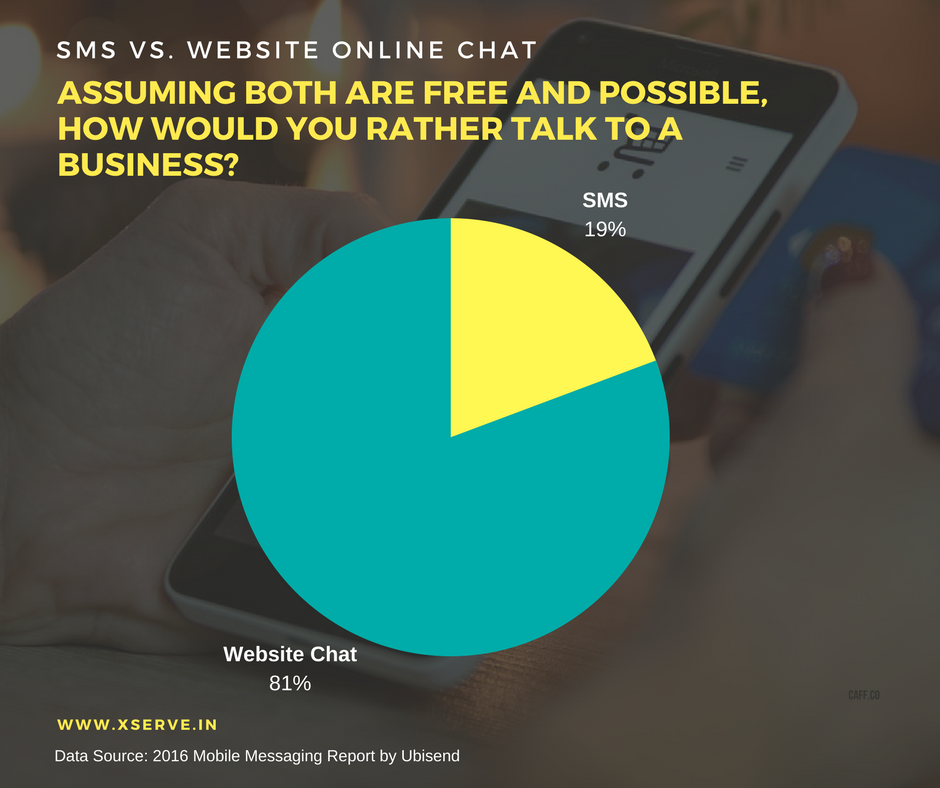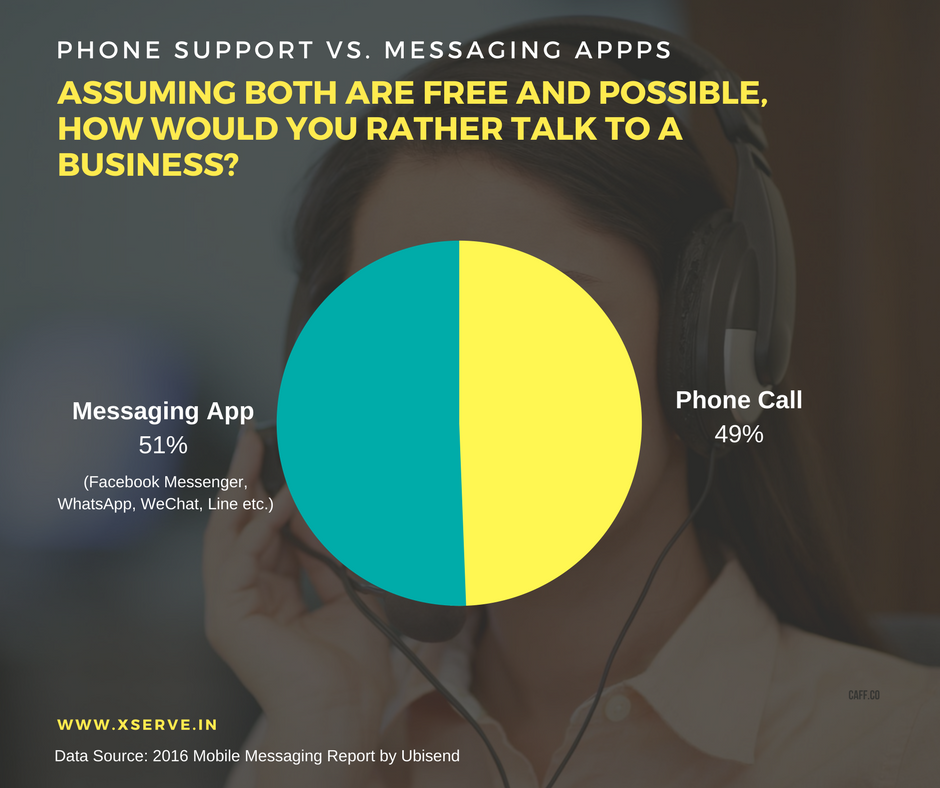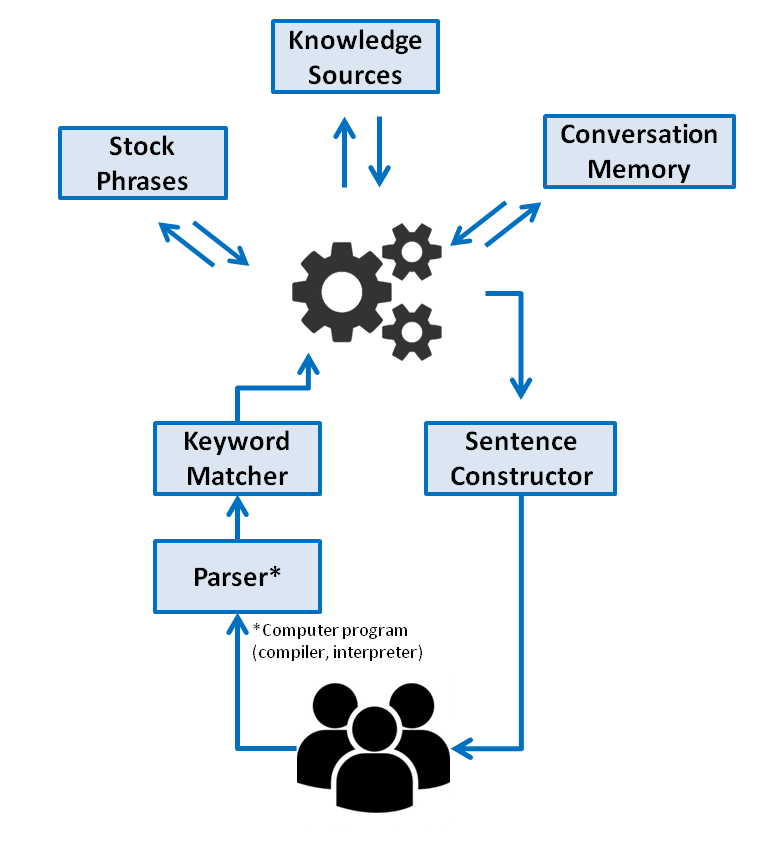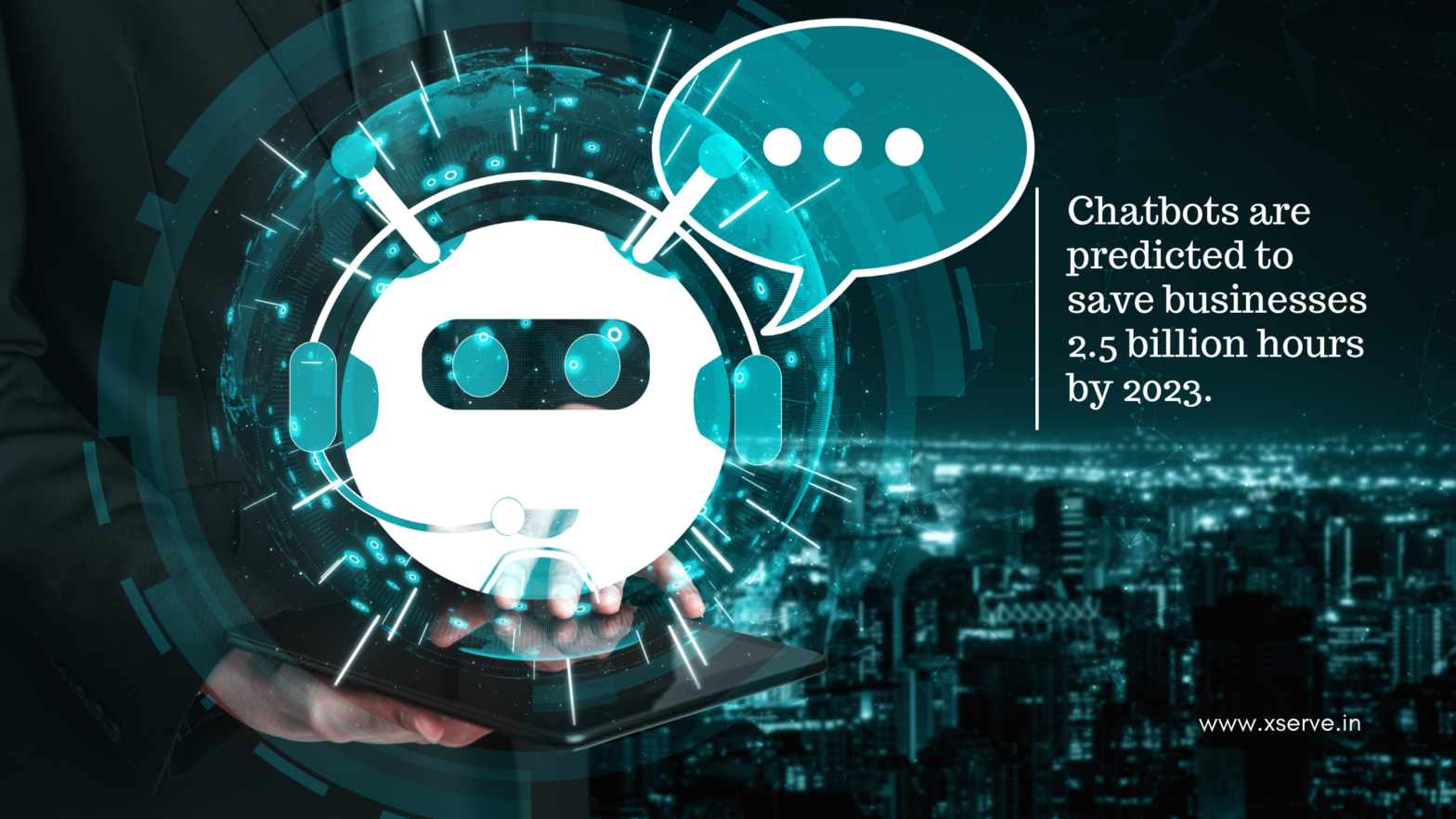Chatbots are a form of artificial intelligence that allow people to communicate with machines through natural language. This technology is becoming more and more popular because it offers a convenient way for people to get information and complete tasks without having to use a separate app or website.
Additionally, chatbots can be used to provide customer support and interact with customers in real time.
As the chat technology become more sophisticated, they will continue to play a larger role in the world of business. Chatbots are Conversation Interface Agents that use natural language processing to create a conversation with a human.


They are commonly used to simulate human conversation and can be found on websites, in mobile apps, or on social media platforms. The deployment of chatbots offers customer service and support, marketing and lead generation, and as a replacement for live chat on websites.
There are three main features that have propelled the popularity of chatbots: advances in artificial intelligence, the increasing use of messaging applications, and the rise of voice assistants.
How do chatbots work?
They are computer programs that mimic human conversation. They are used to communicate with customers and provide information about a company’s products or services.
Chatbots are powered by artificial intelligence (AI). This allows them to understand and respond to customer queries in a way that is similar to human conversation. Chatbots can also learn over time, making them better equipped to handle customer interactions.
They are commonly used to simulate a human’s response in online customer service.
The first chatbot was created in 1964 by Joseph Weizenbaum. His bot, ELIZA, was designed to act as a psychotherapist. They have come a long way since then. They are now being used for a variety of purposes, such as customer service, marketing, and even sales.
Facebook Messenger has over 300,000 chatbots. That’s more than the number of apps available on the App Store. In addition, 20% of American companies are using chatbots for customer service.
Chatbots are becoming increasingly popular because they are useful and provide a great customer experience. They can be used for a variety of purposes, including:
- Customer service
- Marketing
- Sales
- Recruitment
- Education
- Training and more!
The technology is still in its early days, but it is already proving to be a valuable communication tool. By automating simple conversations, chatbots can save businesses time and money.
They can also help to build customer loyalty by providing quick and easy access to customer service. And as chatbot technology continues to evolve, the possibilities for its use are endless.

What are the benefits of chatbots?
As chatbots are used to simulate a human’s conversation with a customer service representative, it allows companies to provide a better customer experience without the need for additional employees.
They offer a number of benefits for businesses. Chatbots can help businesses reduce costs by automating simple tasks, such as customer service.
They also help businesses collect data and improve their marketing efforts. Additionally, chatbots can help businesses create a more personalized experience for their customers. They are efficient at solving customer problems. They can handle multiple customer inquiries at the same time.
One of the most important benefits of chatbots is that they help businesses save time. Chatbots can respond to customer inquiries quickly and efficiently, which reduces the amount of time that employees need to spend on customer service.
This allows businesses to focus on other important tasks, such as developing new products or expanding their business. Moreover, a company only needs to create a chatbot once and it can be used on all their platforms, including websites, social media, and apps.
Chatbots are becoming increasingly popular among businesses, and for good reason. As they are based on the AI and machine learning tech, they develop a deep knowledge of the products and services that they offer. This allows them to provide accurate and timely solutions to customer problems.
67% of global consumers had an interaction with a chatbot over the last 12 months. (Source – Invesp)
How can you create a chatbot?
There are three ways to create a chatbot:
1. Use a chatbot development platform like Chatfuel, Botsify or Dialogflow.
This is the easiest way to create a chatbot. These platforms provide templates, tools, and pre-built AI capabilities so you can create a chatbot without any programming knowledge.
2. Use artificial intelligence development tools
If you want more control over the chatbot’s design and functionality, you can use AI development tools such as TensorFlow or Api.ai. These tools allow you to create custom chatbot logic and interactions. However, they require some programming knowledge.
3. Use natural language processing services
If you don’t want to create a chatbot from scratch, you can use a third-party service that provides natural language processing (NLP) capabilities. These services can analyze and interpret user queries, allowing you to create a chatbot without any programming knowledge. Some popular NLP services include Wit.ai, LUIS, and Dialogflow.
The Future
It is thought the global chatbot market will reach over $994 million by 2024.
Chatbots are becoming more and more popular as the technology becomes more advanced. In fact, Gartner reported in 2020 that 85% of customer interactions in the near future will be handled without a human.
They are changing the way we interact with businesses and other humans. In the future, chatbots will play a major role in many aspects of our lives.
The future of chatbots is bright, and they are sure to become even more popular in the years to come. The technology is evolving and there is plenty of room for growth and innovation. As technology continues to progress, chatbots are becoming more sophisticated and efficient. We can expect to see even more amazing things as the chat technology continues to develop.
As chatbots become more ubiquitous, what’s the next step for this technology?
There are a few things to consider when looking ahead to the future of chatbots. First, chatbots will need to become more sophisticated in order to handle more complex tasks. They’ll also need to be able to integrate with more platforms, and be able to communicate with customers in more natural ways.
Additionally, chatbot development will need to become more democratized so that businesses of all sizes can take advantage of this technology. Finally, chatbots will need to become more reliable in order to ensure customer satisfaction.
Conclusion
It’s no secret that chatbots are becoming more and more popular. But what makes them so appealing? In this article, we explored some of the reasons chatbots are so popular and how you can take advantage of them for your business.
Chatbots are becoming a more and more popular way for businesses to provide customer service. They are cheaper than human customer service reps, and they can handle a large number of customer interactions simultaneously.
If you’re interested in learning more about chatbots and how they can benefit your business, please contact us today. We would be happy to discuss the possibilities with you!
We would love to hear your thoughts on chatbots and what you think makes them so popular. Please share and comment on this article.


1 comment